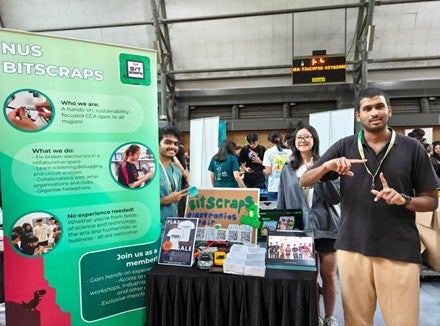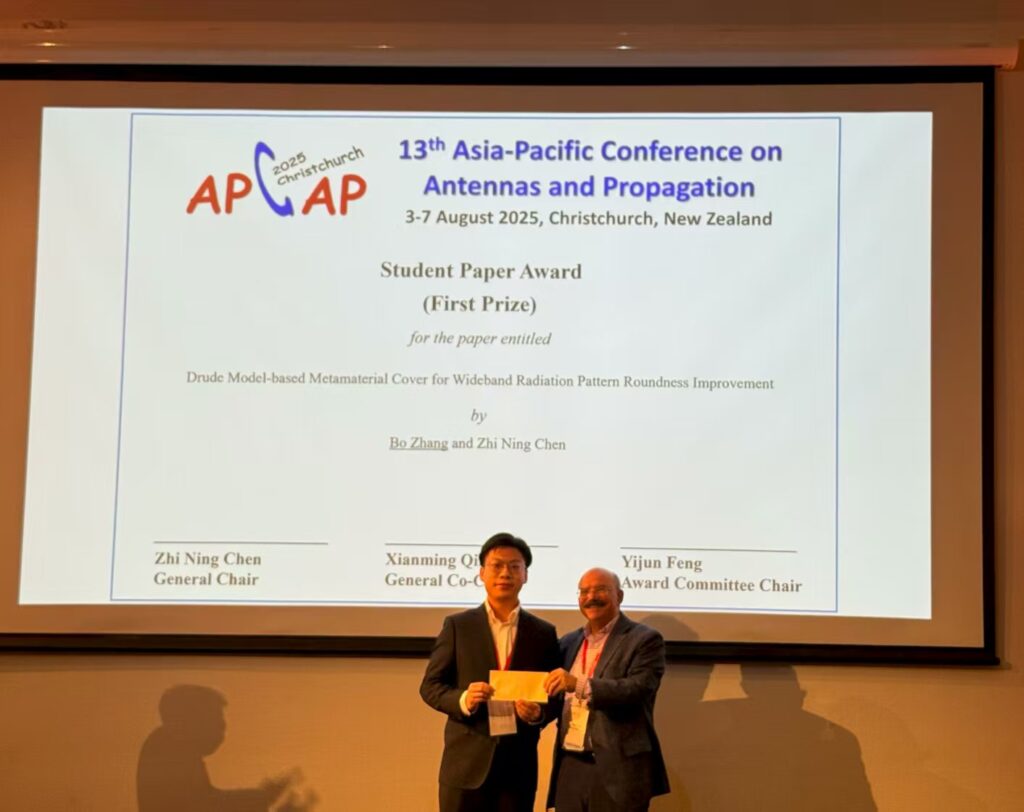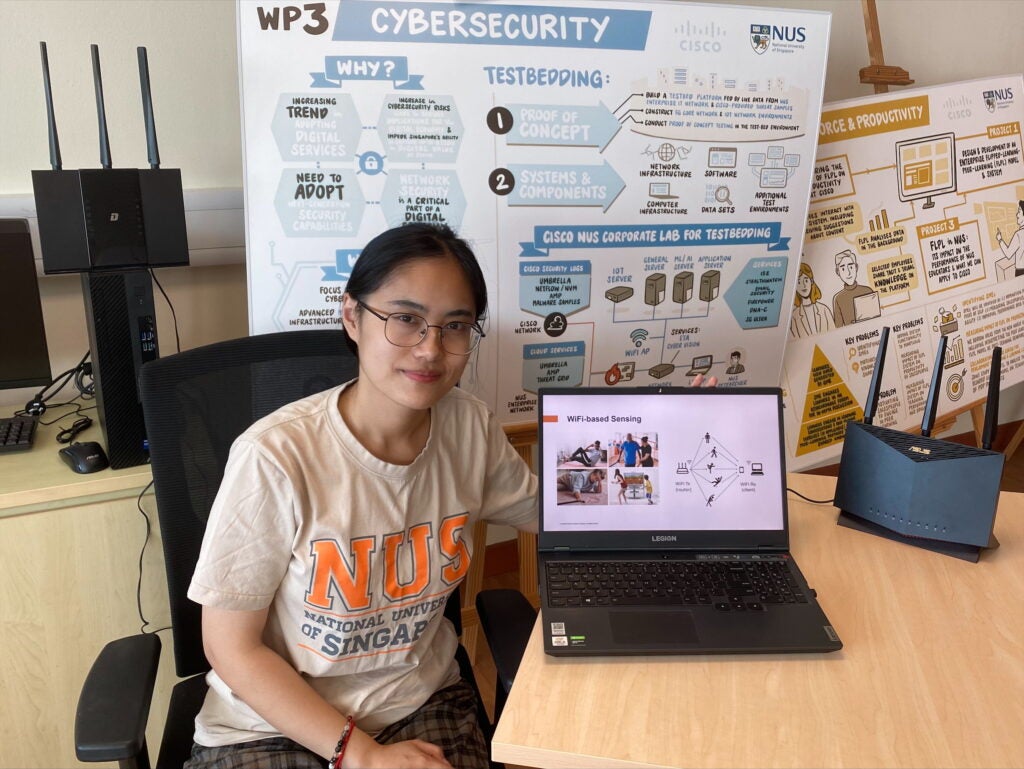Congratulations to Assoc Prof Massimo Alioto and his team from NUS Electrical and Computer Engineering! They have developed an innovative microchip, named BATLESS, that can continue to operate even when the battery runs out of energy.
Thanks to this research breakthrough which substantially reduces the size of batteries required to power loT sensor nodes, we can look forward to batteries that are 10 times smaller and cheaper to produce.
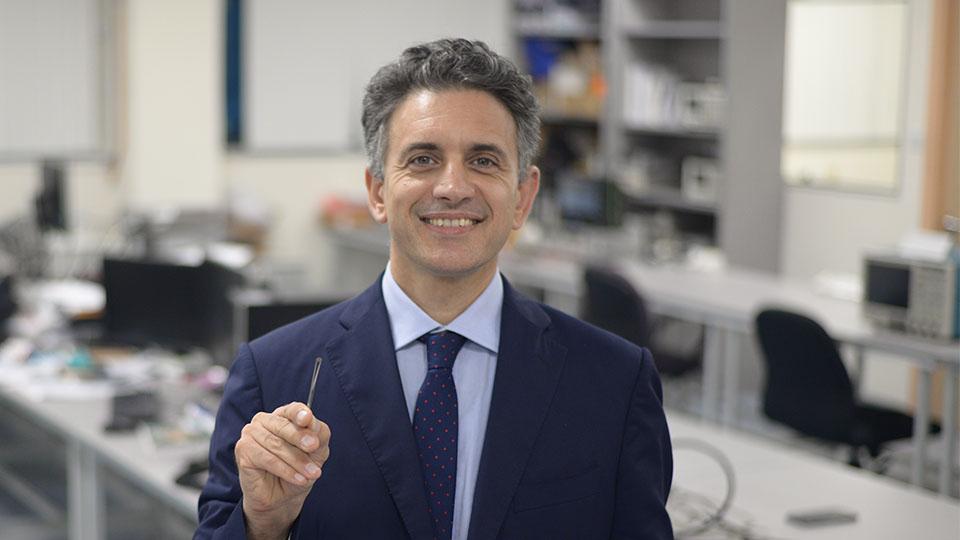
Internet of Things (IoT) devices, such as sensors for smart buildings, environmental monitoring and energy management, could one day operate without batteries, thanks to a smart microchip developed by researchers from NUS Engineering.
IoT devices are often deployed on a massive scale and in remote places that are difficult to service regularly, thus demanding extreme power efficiency. These devices cannot operate without a battery, and battery miniaturisation often results in highly discontinuous operation.
However, the team’s innovative new microchip, BATLESS, can continue operations even when the battery runs out of energy, and self-start under dim light using a tiny on-chip solar cell that is about half a square millimetre in size. Power can also be provided from other forms of energy available from the environment, such as vibration or heat.
BATLESS does so by switching between two different modes — minimum-energy and minimum-power. It runs in minimum-energy mode to maximise the battery lifetime when battery energy is available. When the battery is exhausted, the chip switches to the minimum-power mode, which is about a billion times smaller than the power consumption of a smartphone during a phone call.
“The BATLESS microchip covers a very wide range of possible energy, power, and speed trade-offs, as allowed by the flexibility offered through the two different modes,” said Associate Professor Massimo Alioto who led the research team.
The chip can uninterruptedly sense, process, capture and timestamp events of interest, and wirelessly transmit such data to the cloud when the battery becomes available again.
Despite operating without a battery, the reduced speed of the microchip is still adequate for numerous IoT applications that need to sense parameters that vary slowly in time, including temperature, humidity, light, and pressure.
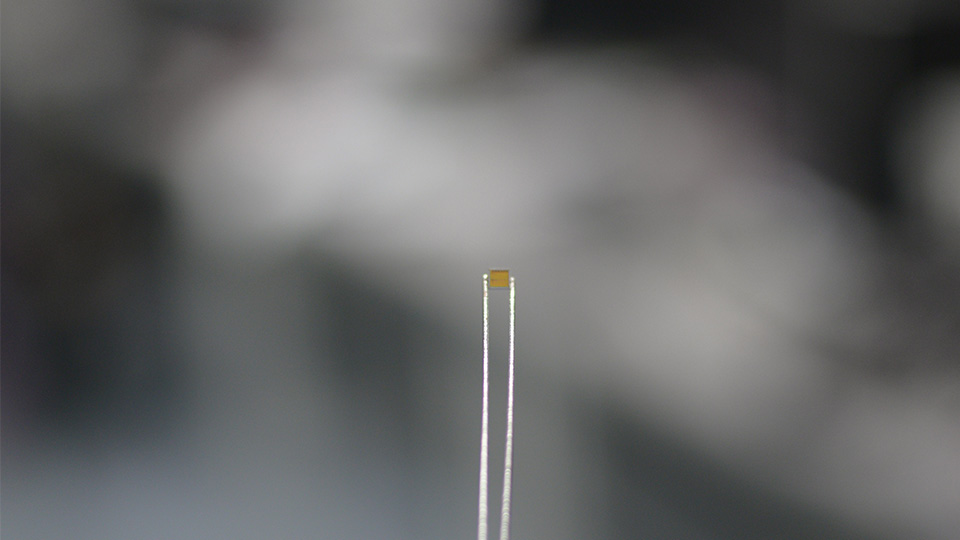
“The BATLESS microchip covers a very wide range of possible energy, power, and speed trade-offs, as allowed by the flexibility offered through the two different modes” – Assoc Prof Massimo Alioto, NUS Engineering
This research breakthrough substantially reduces the size of batteries required to power IoT devices down to a few millimetres, making them 10 times smaller and cheaper to produce.
The team’s long term goal is to completely eliminate the need for batteries in IoT devices, which will be a major step towards the realisation of Singapore’s Smart Nation vision, as well as the IoT vision worldwide.
The team’s research was presented at the prestigious International Solid-State Circuits Conference 2018 held in San Francisco in February.
See press release.



